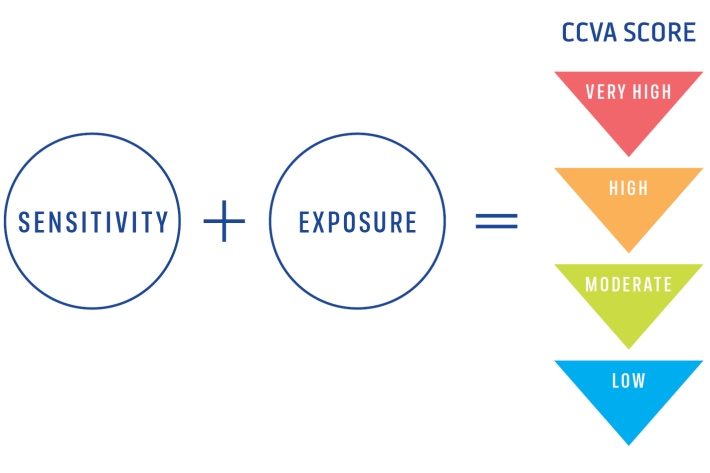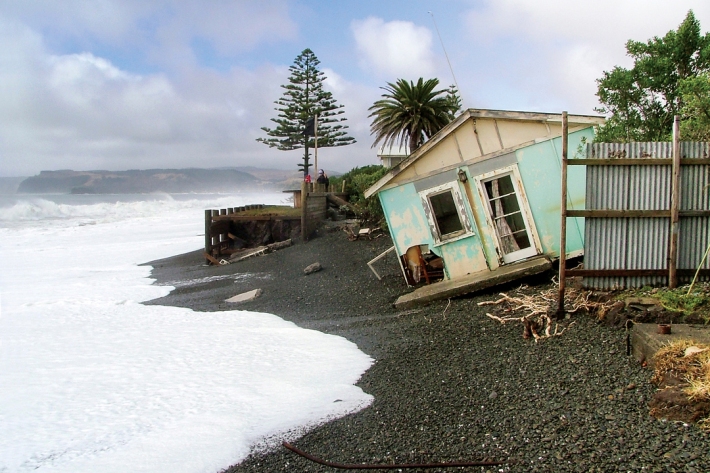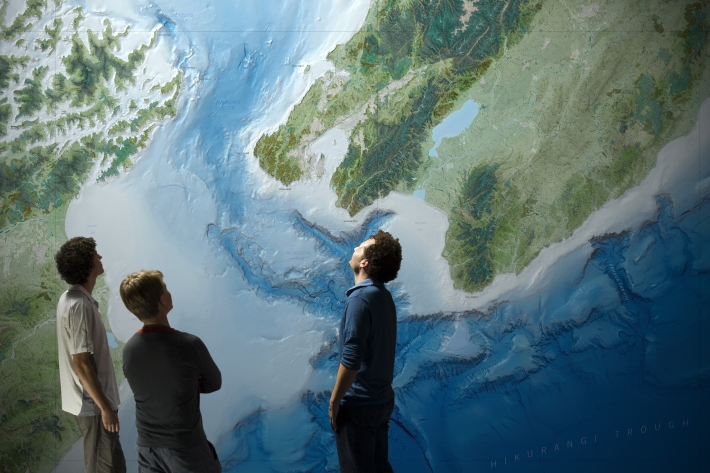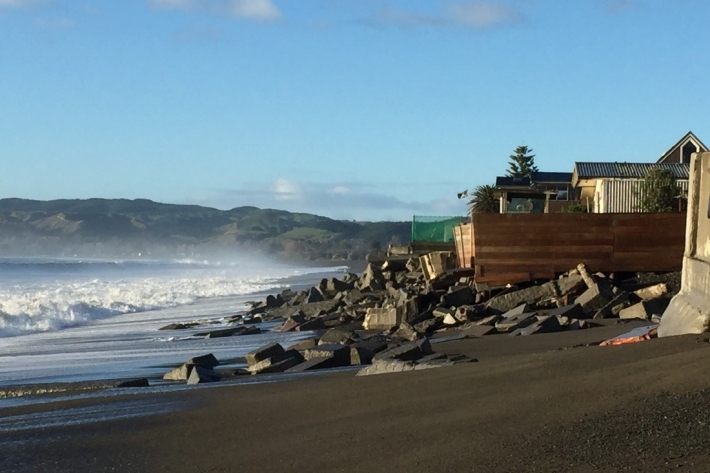-

Mountains in the Sea: the Louisville Seamount Chain
We are currently steaming out towards our survey area, the Louisville Seamount Chain, which is about 1500 km from Wellington. -

Climate Change Vulnerability Assessment (CCVA)
ServiceTo prepare for changes in climate, our freshwater and oceans decision-makers need information on species vulnerability to climate change. -

New Zealand's Marine Realm
News article06 June 2017NIWA has transformed 1.5 million square kilometres of data into the most accurate and detailed map yet of the land underneath the sea around New Zealand. -

New map reveals New Zealand’s seafloor in stunning detail
News article06 June 2017 -

Summer Series 6: Nippy creatures that share your swim
News article06 June 2017 -

Submerged plants as bio-indicators
Submerged plants have a number of advantages that favour their use as indicators of lake ecological condition. -

Tsunami
Education ResourceTsunami is a Japanese word meaning great wave in harbour. -
Identification guides
Useful information and resources on New Zealand's marine flora and invertebrate fauna. -

Sea-level rise
Education ResourceOne of the major consequences of climate change is rising global sea levels. -

Charts
Publication seriesCharts of coastal bathymetry, sediment, and other information are available for purchase. -

Sea level observations (near real-time)
ServiceThis system combines daily sea-level data from NIWA, regional councils, port companies, Antarctica NZ, Bureau of Meteorology and territorial authorities.


